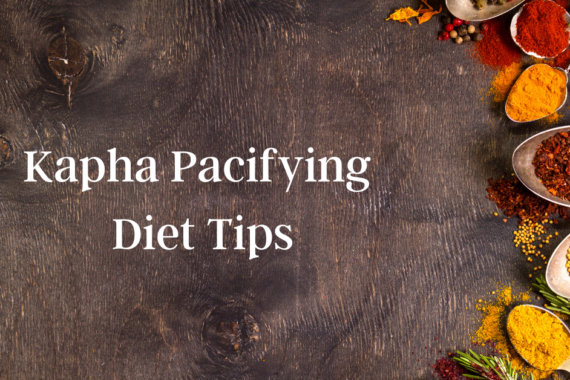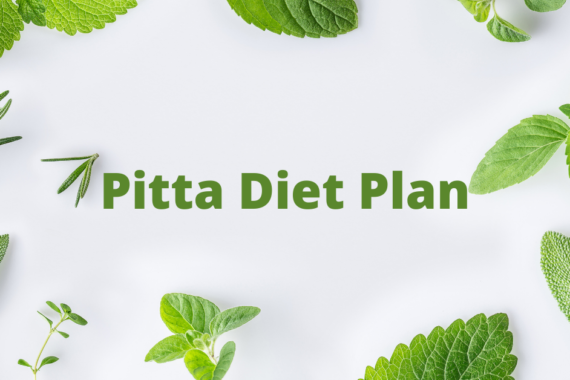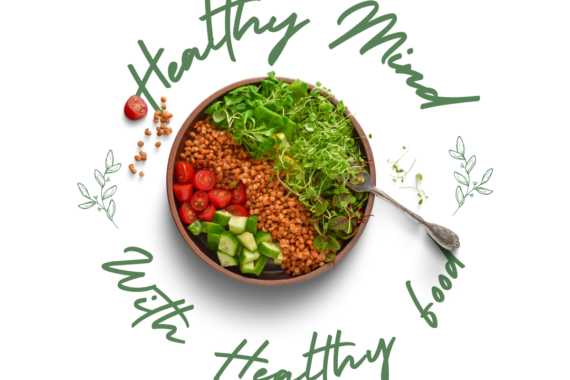
Try theses Vata Diet Tips for Vata Dominant body type!
According to Ayurveda, or human body is a combination of three types of doshas- Vata, Pitta, and Kapha. A person can be dominant in any one or two types of doshas. In this post, let us discuss the diet tips that can help the Vata dominant body type.
Here are some dos that you can follow to balance the Vata dosha in your body.
Sour Foods
- You can go for a squeeze of lemon or lime juice, a splash of vinegar, a side of kimchi or sauerkraut, a bowl of miso, a slice of cheese, or a dollop of sour cream.
- Sour fruits like green grapes, oranges, pineapple, and grapefruit are also appropriate when eaten separately from other foods and in moderation.
- The sour-tasting foods act as complementary foods.
- The sour food items help improve digestion, promote energy, moistens other foods, and helps to eliminate excess wind (think gas and bloating).
Sweet Foods
- Go for naturally sweet foods like fruits, most grains, root vegetables, milk, ghee, fresh yogurt, eggs, nuts, seeds, oils, and lean meats.
- The sweet taste is the foundation of a Vata-pacifying diet. It is the predominant taste in most of vata’s staple foods, and also vata’s primary source of nutrition.
- DO NOT focus on eating large amounts of refined sugar or sugary-sweet foods. In fact, doing so tends to exacerbate vata’s tendency to over-exert and then crash leaving you with no energy.
- Naturally sweet foods tend to be grounding, nourishing, strength-building, and satisfying.
Salty Foods
- The salty taste is almost singularly derived from salt itself, but favouring the salty taste does not mean that your food should taste as if it’s being cured.
- Salt is already over-emphasized in the typical Western diet, so simply being mindful of including savoury flavours and ensuring that your food has some salt in it will likely be sufficient.
- Ayurveda recommends quality sea salt over common table salt.
- Salt stimulates the appetite and digestion, helps retain moisture, supports proper elimination, and improves the flavour of many foods
Here are some of the don’ts that you need to follow to balance the Vata dosha in the body.
Pungent Foods
- Pungent is a spicy, hot flavour found in chillies, radishes, turnips, raw onions, and many especially heating spices.
- Most mild spices can be taken in moderation as these are quite Vata-pacifying. You will find a rather comprehensive list of herbs and spices to favour and reduce in our resource on Vata-Pacifying Foods.
- The pungent taste is hot, dry, and light; too much of it is extremely drying to the system, exacerbates the rough quality, and can therefore disturb Vata.
Bitter Tasting Foods
- The bitter taste predominates bitter greens (like kale, dandelion greens, and collard greens), and is also found in foods like bitter melon, Jerusalem artichokes, burdock root, eggplant, and chocolate.
- The bitter taste is cooling, rough, drying, light, and generally reducing or catabolic—all qualities that tend to aggravate Vata.
Astringent Foods
- The astringent taste is basically a flavour of dryness—a chalky taste that dries the mouth and may cause it to contract (picture biting into a very green banana).
- Legumes are classically astringent in taste—adzuki beans, black beans, black-eyed peas, chickpeas, pinto beans, soybeans, and so forth.
- The astringent taste is also found in some fruits, vegetables, grains, and baked goods—things like apples, cranberries, pomegranate, artichokes, broccoli, cauliflower, lettuce, rye, rice cakes, and crackers.
- The astringent taste is dry, cold, heavy, and rough in nature, making it understandably aggravating to Vata.
Vata is deeply soothed when we choose to eat in a peaceful environment—one where we can offer our full attention to the act of being nourished. Routine itself also balances Vata, so the practice of eating three square meals per day (at about the same times each day) further reduces Vata and helps to strengthen delicate digestion. And as we have already discussed, the aggravating potential of many Vata-aggravating foods can be minimized by making sure that they are well-cooked, served warm, and garnished generously with oil, ghee, and digestive spices. Even visualizing your food grounding your energy, nourishing your body, and promoting health and vitality can go a long way toward pacifying the negative impacts of a Vata-aggravating food. Experiment with taking a moment to resonate with your food in this way, particularly if you know you are about to ingest a portion of food or a meal that is especially cool, dry, light, or rough.



